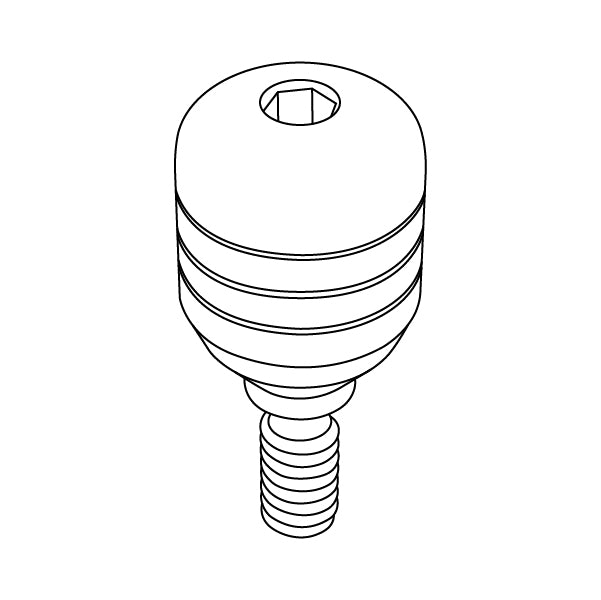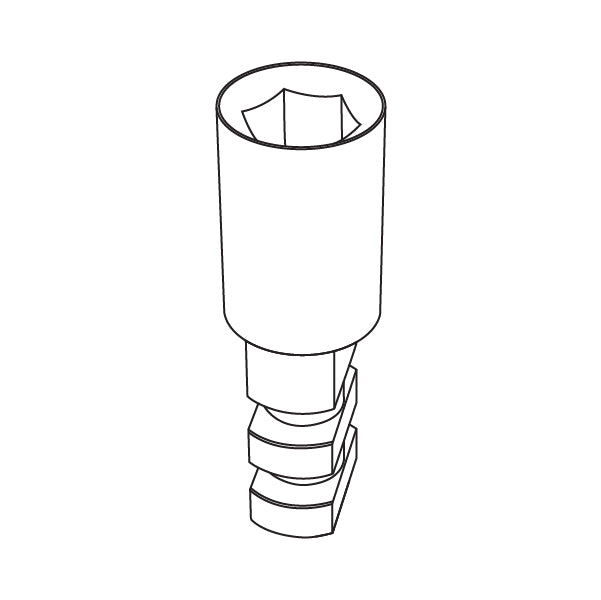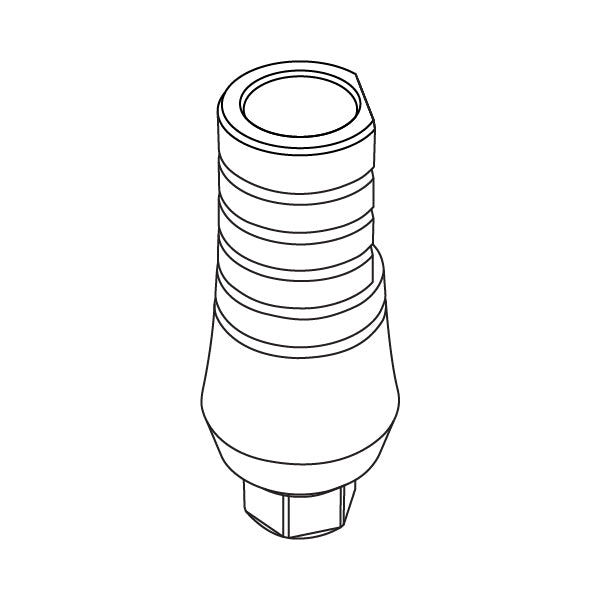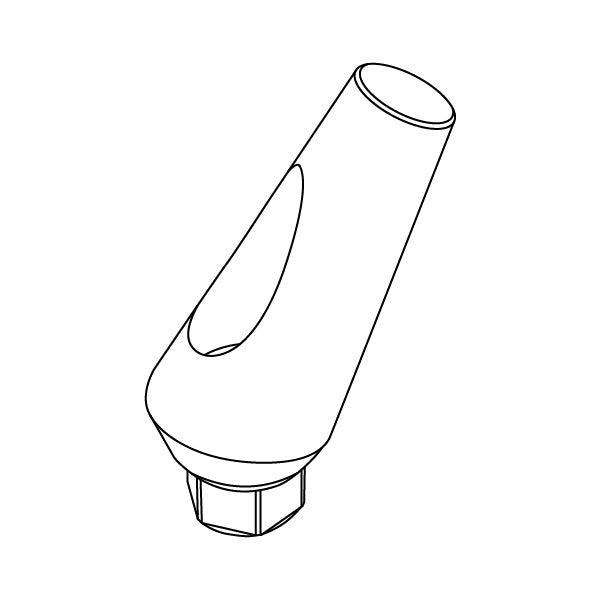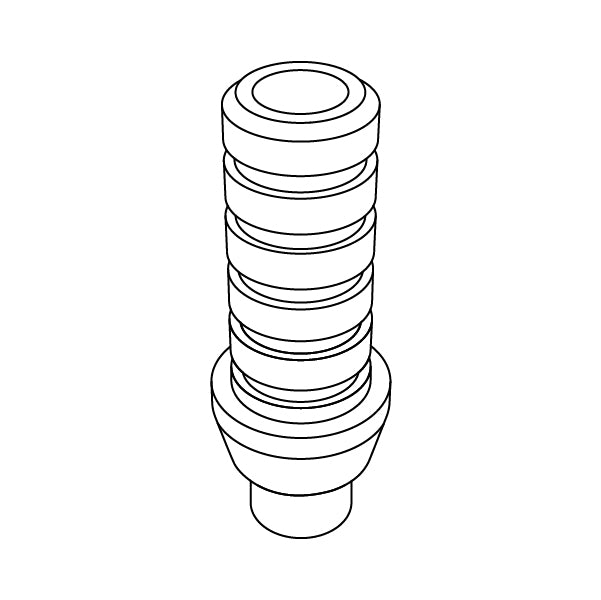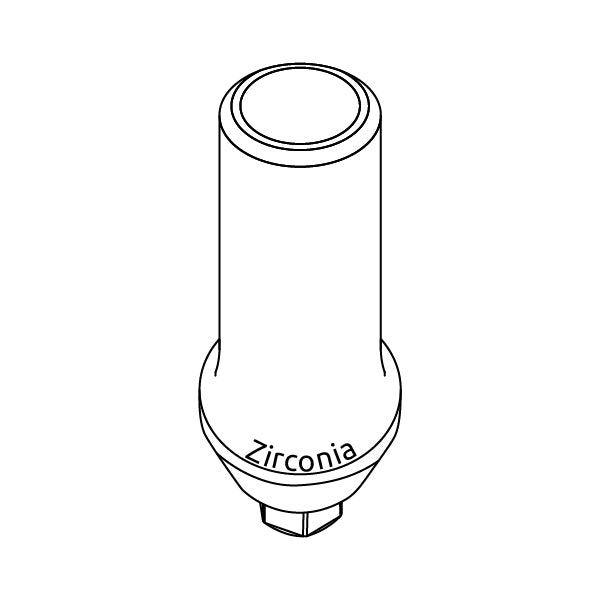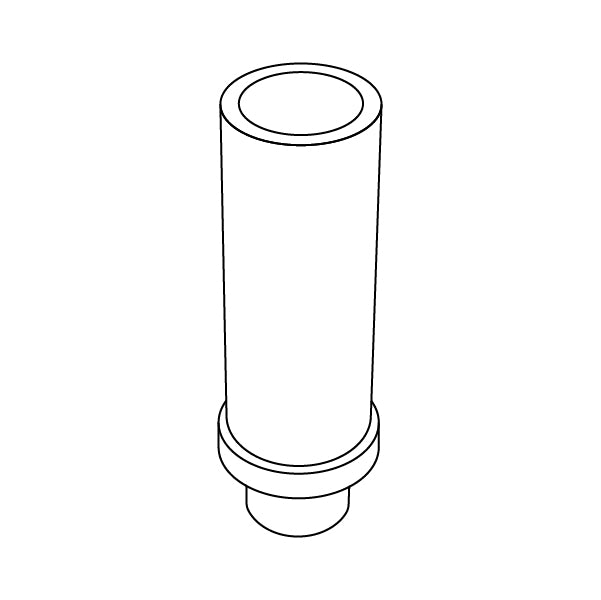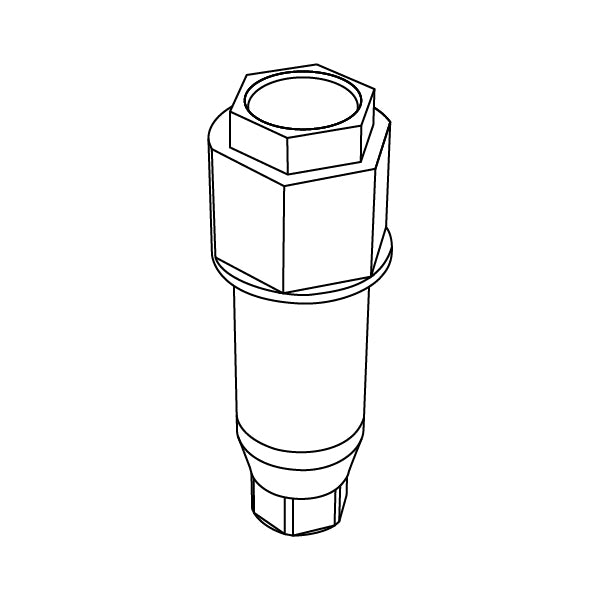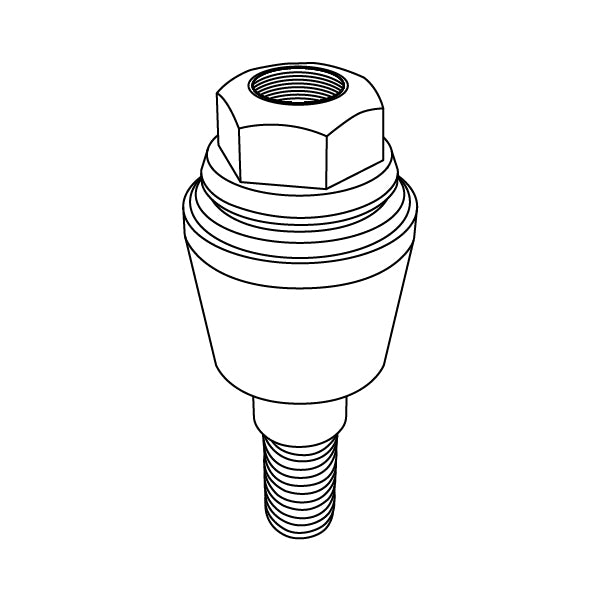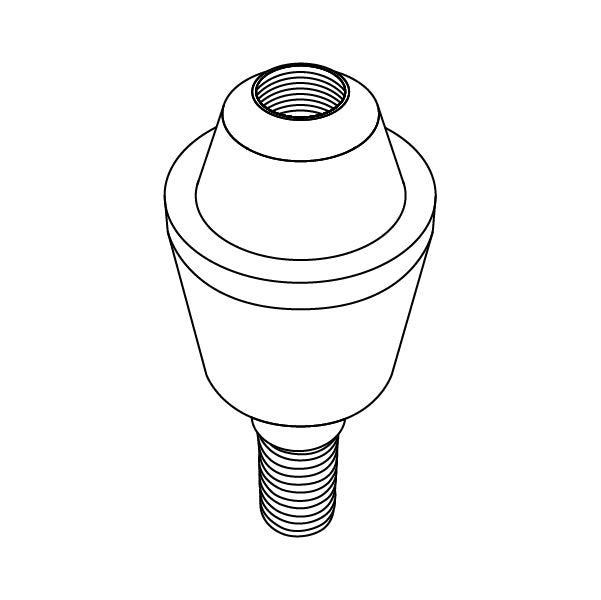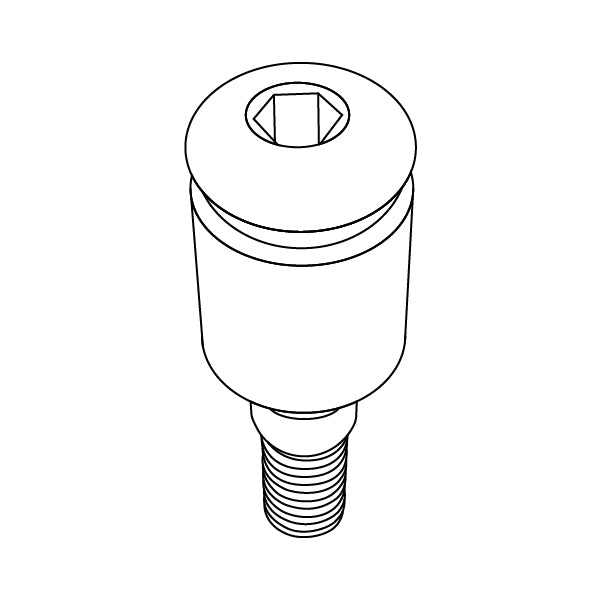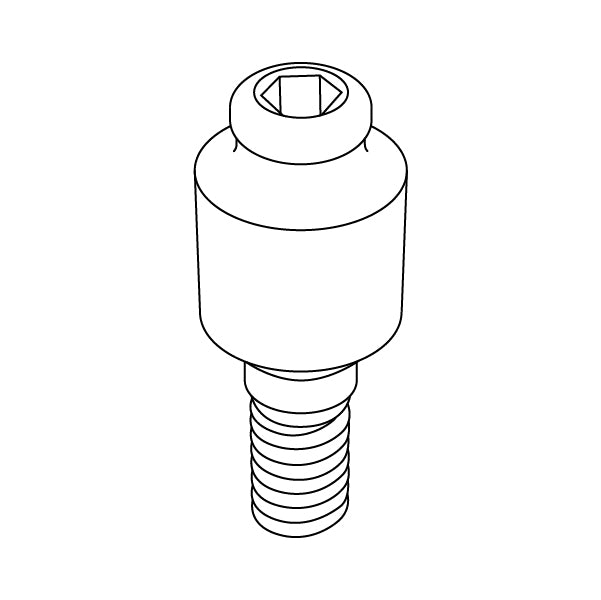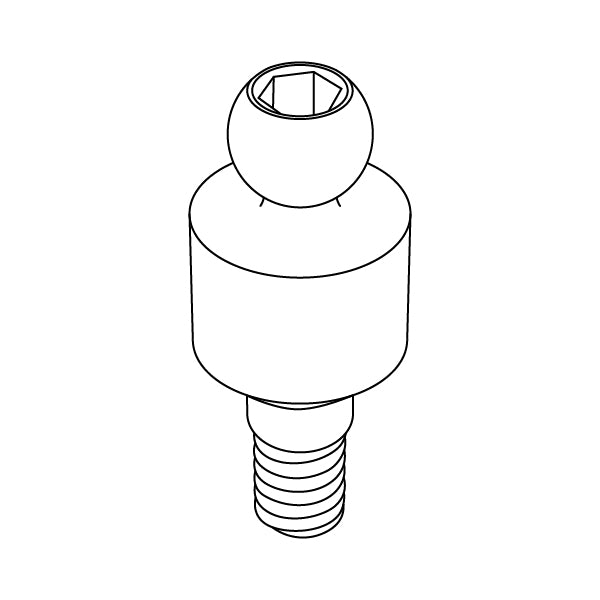Discover the versatility and precision of the Angulated Multi-Unit 1.4mm abutment, available in 17°, 30°, 45°, 52°, and 60° options.
Designed for optimal prosthetic outcomes, this advanced dental abutment ensures seamless integration and stability, accommodating even the most complex anatomical constraints.
Perfect for achieving superior aesthetics and functionality, the Angulated Multi-Unit 1.4mm abutment is an essential component in modern restorative dentistry.
Enhance your dental practice with this innovative solution, tailored to meet diverse clinical needs with precision and reliability.
Open Description
FAQs
Not all patients possess similar mouth structures. Some may experience deformities, while others may have implant systems positioned at an angle. Although this can make it challenging to place the abutment, there are components on the market that can facilitate this process, ensuring a flawless dental restoration.
Angulated multi-unit 1.4mm abutments are dental implant components that enable dental practitioners to link multiple implant fixtures to a single restoration. They are available in various angles, assisting the dentist in restoring their patient’s bite and aesthetics.
At GDT Dental Implants, we offer angulated multi-unit 1.4mm abutments in 17°, 30°, 45°, 52°, and 60° angles.
The screw platform is the main distinction between multi-unit 1.4mm and multi-unit 1.6mm abutments. Smaller screw diameter multi-unit 1.4mm abutments are perfect for usage in narrow spaces or delicate anatomical areas. They offer sufficient stability and are frequently chosen for anterior regions or circumstances that call for accuracy.
Multi-unit 1.6mm abutments, on the other hand, offer higher mechanical stability and strength due to their larger screw diameter. These abutments are appropriate for full-arch restorations and other greater load-bearing locations where improved retention and torque resistance are required. The decision between the two is based on the patient's anatomy, load requirements, and unique clinical needs.
The angulated multi-unit 1.4mm abutment comes in various heights to accommodate different clinical needs. At GDT Dental Implants, we offer several height options, including 2.0mm, 3.0mm, 4.0mm, and 5.0mm.
These options provide flexibility for dental practitioners to achieve the optimal fit and alignment for prosthetic restorations, ensuring both functionality and aesthetics are maintained.
Although angulated multi-unit 1.4mm abutments are most often associated with full-arch hybrid restorations, dentists can also use them for smaller bridgework. While this approach offers advantages, it also presents drawbacks.
During surgery, the use of a multi-unit abutment can eliminate the need to remove it when taking impressions. This can help preserve the adherent epithelial and connective tissues.
Multi-unit abutments can also assist in creating a model. Dentists simply need to screw the impression copings directly to these components using multi-unit replicas.
Another advantage of a multi-unit abutment for smaller bridgework is that it brings the restoration margin closer to the tissue level, facilitating easier seating. However, this may negatively impact its emergence profile.

